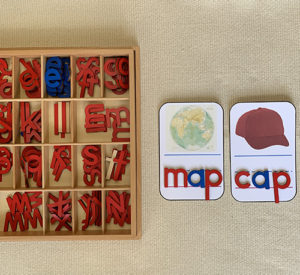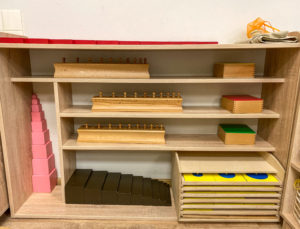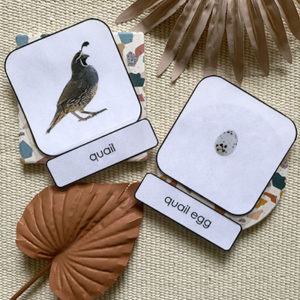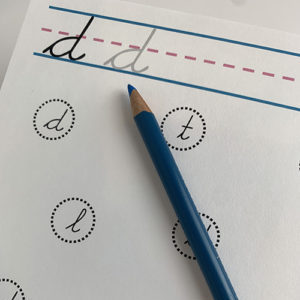Amid the rapid rise of AI, cursive handwriting holds renewed value as a distinctive human skill. In education, cursive offers cognitive benefits and speed advantages. Teachers and parents should emphasize cursive handwriting, blending tradition with technology to equip students for success in an ever-evolving world.
Cursive Handwriting in a World of AI
In today’s landscape of smartphones and voice recognition software, it may seem counterintuitive to emphasize the value of cursive handwriting. On my TikTok, people have laughed at my suggestion to teach cursive, saying it’s already an obsolete skill. However, AI creates the conditions for cheating and diminished ability to think for oneself. I think educators are recognizing the importance of teaching skills that cannot be easily replicated by technology. I think wise teachers will be going back to requiring handwritten assessments in order to ensure their students can really think for themselves. School is not just about getting good grades because you can put prompts into a computer. And the future is going to belong to those who can flourish even when the grid goes down.
The Need for Speed: Cursive vs. Print
If we believe handwriting is going to have a resurgence, one practical advantage of cursive over print handwriting is its speed. Because cursive writing involves connecting letters in a fluid, continuous motion, it reduces the time spent lifting and placing the pen between letters. This results in faster writing speeds compared to print handwriting, a significant benefit when taking notes during lectures or completing time-sensitive assignments.
Cognitive Benefits of Cursive Handwriting
Research demonstrates that handwriting (both print and cursive) confers numerous cognitive benefits over keyboarding skills. This includes enhanced memory retention, critical thinking skills, and overall brain activation. As educators recognize the importance of developing students’ cognitive abilities to prepare them for a rapidly changing world, they may place greater emphasis on handwriting instruction.
AI and the Case for Personalized Learning
As AI technology advances, personalized learning experiences become more accessible and effective. In this context, cursive handwriting is a valuable tool for educators who want to differentiate instruction and address individual student needs. For example, cursive writing has been shown to benefit students with dyslexia and other learning differences, helping them overcome common challenges such as letter reversals and spacing issues.
Harnessing the Sensitive Period: Teaching Cursive First in Montessori Education
In the fast-paced tech era, maintaining a balance between conventional and modern skills is vital. It can be easy to think cursive is obsolete, but I argue that it still firmly has its place in education. The earlier you teach it, the better success you will have as a teacher, and the more beneficial to students. Conversely, if a child learns print first and cursive is introduced after the sensitive period has passed, they may find the transition more challenging and resist learning an entirely new system. This is why prioritizing cursive during the early years aligns well with Montessori principles and can significantly benefit a child’s educational journey, fostering a strong foundation in both reading and writing.







